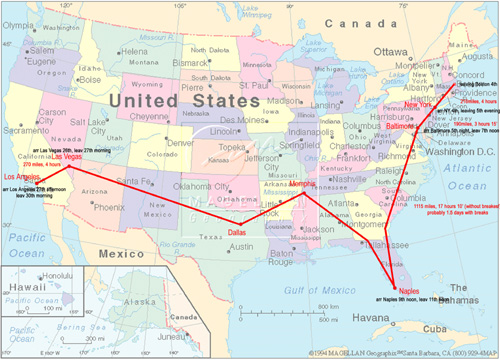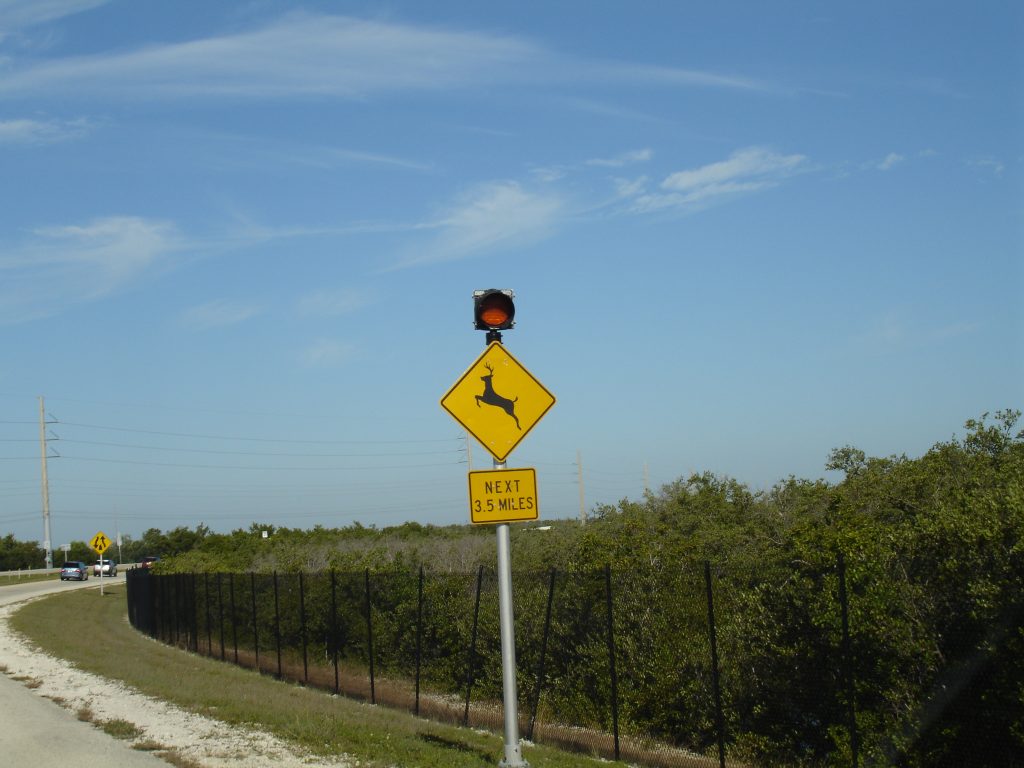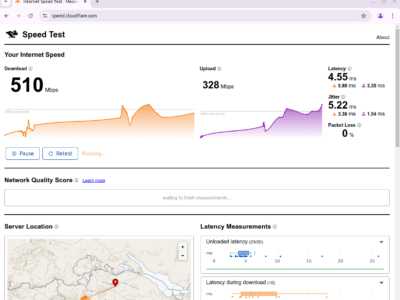Effective planning of routes with multiple stops involves considering a range of factors. This process, necessary for logistics and travel efficiency, requires a strategic approach. It considers distance, time constraints, and the unique requirements of each stop to optimize the overall route.

Understanding the Basics of Multi-Stop Route Planning
Planning a route with multiple stops involves considering various factors to ensure efficiency and time management. It involves an intricate process of determining the most effective order of stops, taking into account traffic patterns, the nature of each stop, and the overall objective of the trip.
Essential Tools for Effective Route Planning
Technology plays a significant role in simplifying multi-stop route planning. Various digital tools and applications are available to aid in this process. These tools often include features like real-time traffic updates, distance calculators, and the ability to rearrange stops for optimal efficiency. Selecting the right tool depends on the specific needs of the trip, such as the number of stops, the geographical area covered, and any time constraints involved.
Integrating a Route Optimizer
When considering the integration of a route optimizer, it's useful to understand its functionality. A route optimizer assesses multiple stops and calculates the most efficient path. This includes not only the shortest distance but also factors like traffic conditions, stop duration, and even vehicle type. The application of a route optimizer can significantly reduce planning time and increase overall route efficiency.
Personalizing Your Route
Personalization is key in multi-stop route planning. Each trip has unique requirements and goals. For instance, a delivery driver might prioritize the quickest route, while a tourist might focus on scenic value or specific attractions. Understanding the purpose of the trip aids in tailoring the route to fit these specific needs.
Balancing Efficiency and Flexibility
While efficiency is a primary goal in planning a multi-stop route, flexibility is equally important. Unpredictable elements such as weather conditions, road closures, and unexpected delays necessitate a degree of adaptability in the plan. The ideal route balances a well-structured plan with the ability to adjust as needed.

Step-by-Step Approach to Route Planning
- Define the Objective: Clearly understanding the purpose of the trip helps in prioritizing stops and determining the most suitable route.
- List All Stops: Compile a comprehensive list of all intended stops. This includes not just the locations but also the nature of each stop, like duration and specific requirements.
- Utilize a Route Planning Tool: Employ a digital tool or application that suits the needs of the trip. This can range from simple mapping software to more sophisticated route optimizers.
- Sequence the Stops: Arrange the stops in an order that maximizes efficiency, considering factors like distance, traffic patterns, and the specific nature of each stop.
- Incorporate Flexibility: Build in buffers and alternative options to accommodate unexpected changes and delays.
- Review and Adjust: Before finalizing the route, review it for any potential issues or improvements. Adjustments might be necessary based on new information or changes in circumstances.
Monitoring and Adjusting the Route
Once the route is in action, continuous monitoring is essential. This involves keeping track of time spent at each stop, being aware of changes in traffic patterns, and being prepared to make adjustments on the go. A successful multi-stop route is not set in stone; it evolves in response to real-time conditions.
Optimizing Time Management in Route Planning
Time management is a critical component of planning a multi-stop route. Each stop has an associated time cost, including the duration of the stop itself and the travel time between stops. Optimizing time involves more than just reducing travel time; it also means considering the best times to visit each stop based on factors like traffic congestion and the opening hours of the destinations. Efficient time management leads to a more productive route, allowing for more stops to be completed in a shorter period.
Addressing Unexpected Challenges
Despite thorough planning, unexpected challenges can arise during a multi-stop trip. These can range from traffic accidents and road closures to longer-than-expected stays at stops. The key to handling these challenges lies in proactive monitoring and having contingency plans. Real-time updates from navigation tools can alert to traffic changes, while having alternative routes or flexible stop orders can help in quickly adapting the plan.

Evaluating Route Success
Post-trip evaluation is an often overlooked but important part of multi-stop route planning. Analyzing the success of a route involves examining whether the objectives of the trip were met, how well time management goals were achieved, and what unexpected challenges were encountered. This evaluation provides valuable insights that can be used to improve future route planning. Key metrics might include total time taken, number of stops completed, and deviations from the planned route. Feedback from this process informs better planning strategies and tool selections for subsequent trips.
Conclusion
Effective multi-stop route planning requires a comprehensive approach that combines the right tools with a deep understanding of the trip's objectives. It's about balancing efficiency with the flexibility to adapt to unexpected changes. By following a structured yet adaptable process, one can ensure that the route planned meets the specific needs and goals of the trip.










